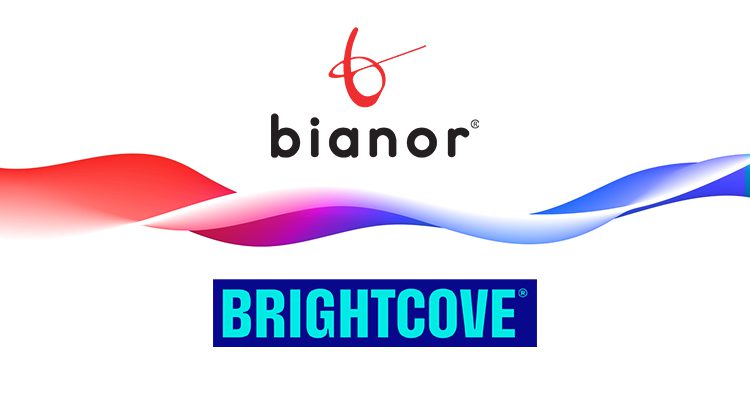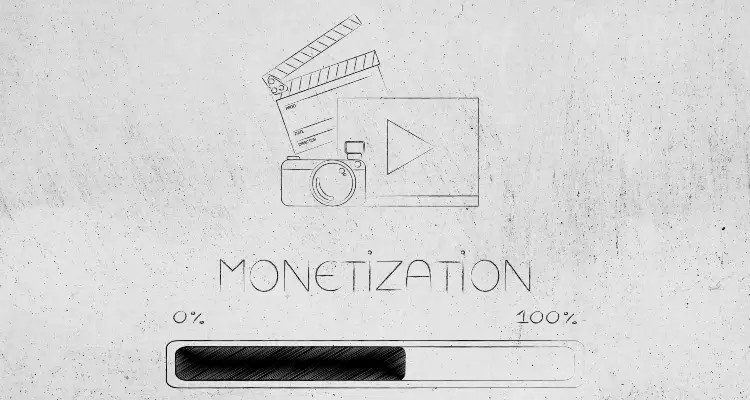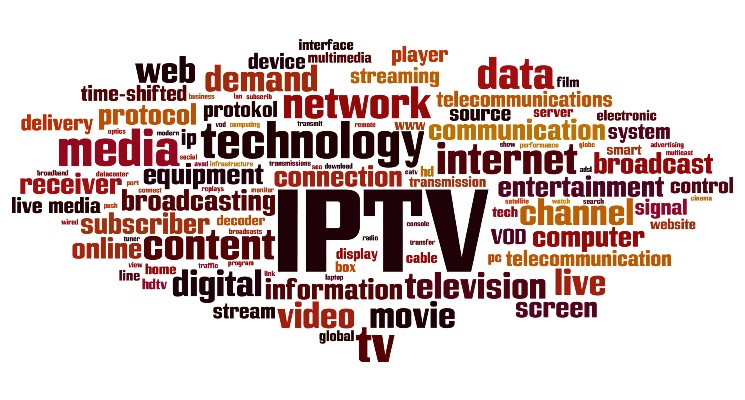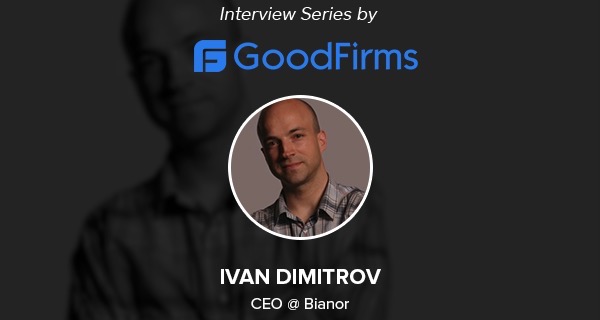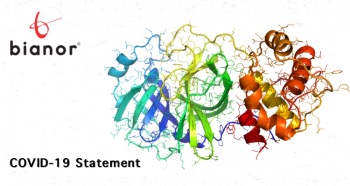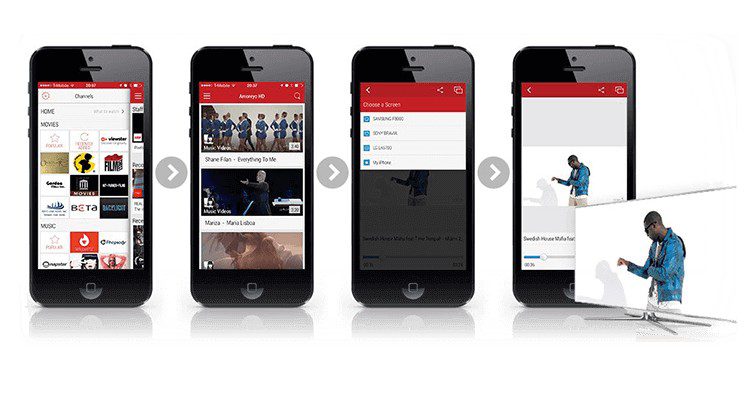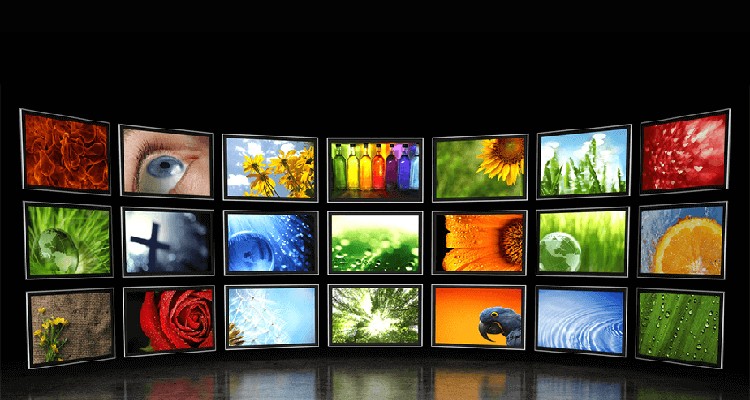Video Streaming Glossary of Terms
What do VOD, OTT, SVOD, TVOD and AVOD mean?

Video on Demand Historical Background
Video on Demand (VOD), or in other words, watching video content when we want and not when the content provider decides to broadcast it, is a concept that dates back to the early ’90s of the last century. The first outside-the-lab VOD service was deployed by Bell Atlantic (now Verizon Communications) in the USA in April 1993, serving a minimal number of subscribers. In 1995, US West built an infrastructure reaching more than 500 000 households in Denver, Minneapolis, and Portland.
The primary concern for the pioneers of VOD was how to squeeze the digital video signal into the limited telecommunication bandwidth of a copper telephone cable. The two most significant technological developments that made it possible were enhanced video compression and increased bandwidth. The discrete cosine transform (DCT) algorithm reduced the required bandwidth of a television signal from around 200 Mbps down to 2 Mbps. While the asymmetric digital subscriber line (ADSL) increased the bandwidth of data that could be sent over a copper telephone wire from around 100 kbps to 2 Mbps.
Over-the-Top Stepping In
The limited bandwidth for data transfer and the complicated infrastructure requiring specific set-top-boxes installed at the viewer’s premises narrowed the VOD service provision to satellite and cable TV providers. Later on, the increased bandwidth offered by the fiber optic cables and their utilization in solving the last mile problem facilitated VOD services expansion. Broadband internet provided directly to the end user’s home opened vast opportunities to supply value-added services via the net. The satellite and cable TV operators no longer dominated the VOD. A faster and more flexible channel providing VOD has appeared. Video-on-Demand reaches the viewer’s home via the internet or, as we call it, now Over-the-Top (OTT).
Since then, VOD and OTT have been evolving hand in hand to reach the present when the two terms are often considered interchangeable. Of course, they are not, but, indeed, nowadays, VOD is commonly associated with OTT. It would not matter much for the end-users if they refer to their service as VOD or OTT as long as it offers on-demand content streaming via the internet. For a video streaming professional, though, the difference is quite apparent – VOD being the specific service and OTT the channel for providing it.
VOD Monetization Models
So far, we have discussed the types of VOD depending on the means of delivering the service. No matter if we talk about VOD via a satellite or cable TV operator or an OTT VOD, what all of them have in common is monetization. In other words, how do the service providers make their profit, and how do the customers get charged?
There are three primary ways to monetize VOD:
- Subscription Video on Demand (SVOD);
- Transactional Video on Demand (TVOD);
- Advertising-based Video on Demand (AVOD).
- SVOD
- Subscription Video on Demand is probably the oldest and most popular way for monetizing the service. It is identical to the traditional TV offer that allows the viewer to watch unlimited content for a flat monthly payment. Most of the major streaming services platforms like Netflix, Hulu, HBO Go, Disney+, Amazon Prime Video, and other niche channels (thematic streaming providers) use the subscription-based model. SVOD is very beneficial for users as they can opt-out quickly and change the service provider. This flexibility for the users and the increased competition among the players urge the latter to offer appealing content and utilize new anti-churn tactics for retaining their customers.
- TVOD
Transactional Video on Demand is the opposite of SVOD. TVOD is the case when the users pay to watch specific content. In a larger context, it is also known as pay-per-view (PPV). Examples of platforms offering TVOD are Apple iTunes, Google Play, and Sky Box Office.
TVOD might appear in electronic sell-through (EST) and download-to-rent (DTR). In the first case, the user pays a one-time fee to download the content and get permanent access. While in the second case, the content is only available for a limited period. In other words, the EST is more like buying a DVD with the movie you like, while DTR brings us back to the video rental shop, where we get a DVD to watch but have to return it in a couple of days. TVOD tends to be less expensive for the users while offering the latest and hottest releases.
- AVOD
- Advertising-based Video on Demand is the closest to the traditional television one can get. It is free for the viewer, but the streaming is ad-supported, and advertisements interrupt the content flow. Examples of such platforms are YouTube, IMDb TV, Tubi TV. The premium content providers often underestimate AVOD as it is considered to generate lower revenues. The premium content providers also believe that the viewers are more likely to pay to watch their favorite show without interruptions. However, many streaming platforms are utilizing the AVOD model as it gives them a chance to reach a wider audience.
- Hybrid Monetization Model
- Going back to the three basic models for monetization, SVOD, TVOD, and AVOD, we have to mention that some platforms use a more flexible business model. Platforms like Amazon Video work on the SVOD model with a monthly subscription and offer TVOD for new, more appealing content. On the other hand, YouTube uses AVOD, offering customers to subscribe to access their premium content.
Summing Up
With a short historical overview, we introduced some basic terms from the video streaming environment. It is already clear that video-on-demand and over-the-top are not interchangeable. However, the increased dynamics in the streaming technologies make them overlap, at least in consumers’ minds. The number of streaming service customers is continuously growing, just as their knowledge and demands. Of course, this will push the streaming service providers to juggle the various monetization models and work harder on their customer retention tools. From where I sit, it all seems to move in a customer-favorable direction.
Video Streaming Lifecycle
Download Bianor’s white paper to learn more about the five most crucial components of video streaming lifecycle.
















